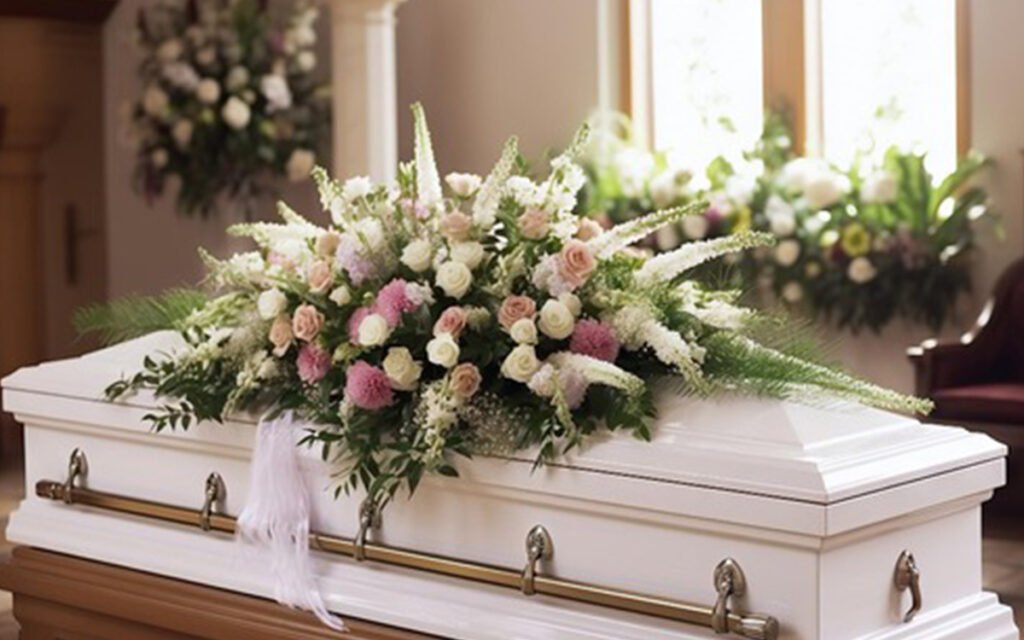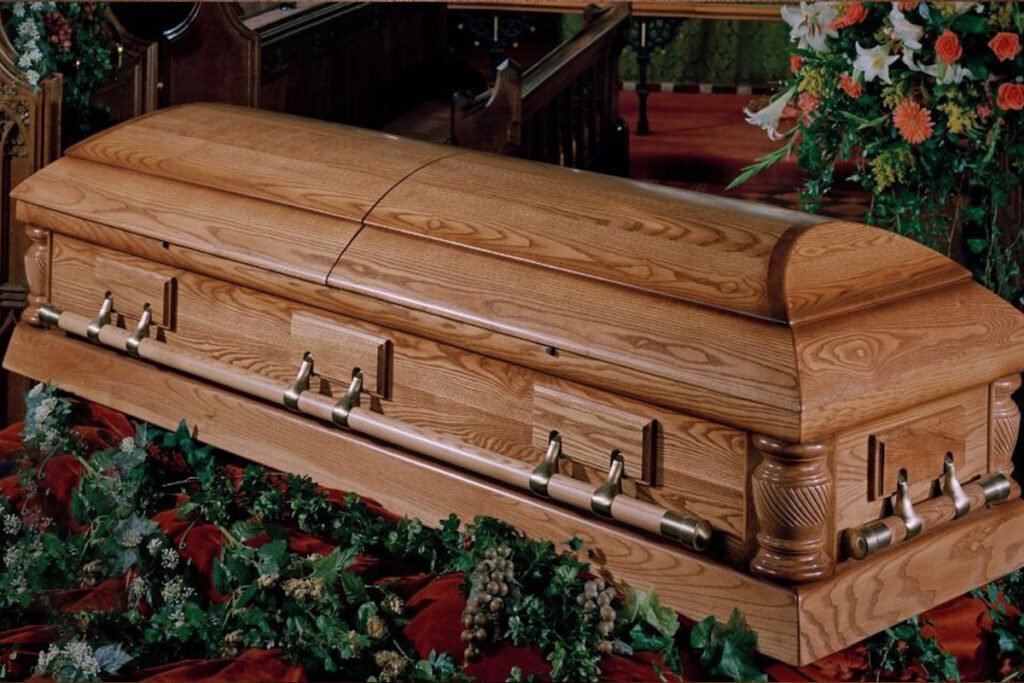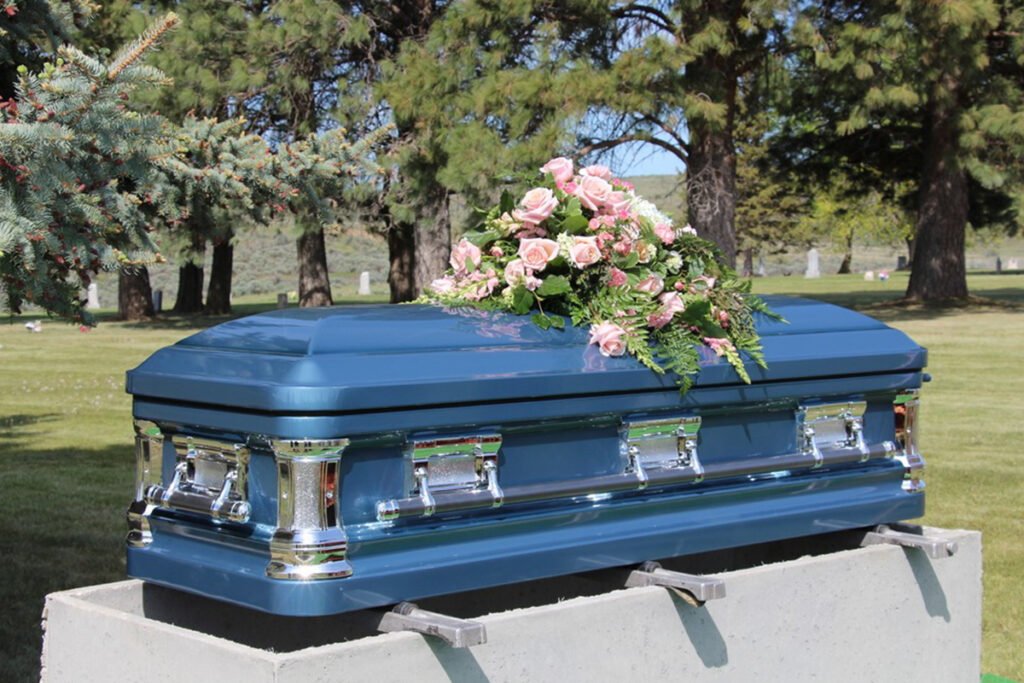
The design and manufacturing of caskets are deeply intertwined with cultural and religious beliefs, reflecting the diverse perspectives on death and the afterlife across different societies. In this article, we explore the profound impact of culture and religion on the aesthetics, materials, and rituals associated with casket design and production.
1. Aesthetics and Symbolism: Cultural Significance in Casket Design
Cultural norms and traditions shape the aesthetic preferences observed in casket design. For example, in Western cultures, traditional caskets are often characterized by their rectangular shape, polished wood finishes, and ornate metal hardware. Meanwhile, in Eastern cultures such as China and Japan, caskets may feature more minimalist designs with symbolic motifs such as dragons or cherry blossoms.

2. Material Selection: Reflecting Religious Beliefs and Values
The choice of materials used in casket manufacturing can also be influenced by religious beliefs and values. For instance, in Judaism, where simplicity and humility are emphasized, caskets are typically made from plain wood without any metal adornments. In contrast, in cultures where wealth and status are highly regarded, such as certain regions in Africa and the Middle East, caskets may be crafted from luxurious materials like gold, silver, or marble.
3. Rituals and Customs: Integrating Religious Practices into Casket Design
Religious rituals surrounding death often dictate specific requirements for casket design and construction. For example, in Islam, it is customary for the deceased to be buried in a simple shroud or casket made from biodegradable materials, in accordance with the principle of returning to the earth. Similarly, in Hinduism, cremation is the preferred method of disposition, and caskets are typically made from materials that can be easily incinerated, such as untreated wood.

4. Personalization and Individualization: Adapting Casket Design to Cultural Preferences
As attitudes towards death continue to evolve, there is a growing trend towards personalized and customized caskets that reflect the unique cultural and religious backgrounds of the deceased. For example, in Latino cultures, brightly colored caskets adorned with religious symbols and images of saints are commonly used to celebrate the life of the departed. Similarly, in certain Indigenous cultures, caskets may be decorated with traditional tribal motifs and symbols of nature.
5. Globalization and Hybridization: Blending Cultural Influences in Casket Design
In an increasingly interconnected world, casket design and manufacturing are becoming more influenced by a blend of cultural and religious traditions. This fusion of influences can be seen in multicultural societies where individuals may choose caskets that incorporate elements from multiple cultural and religious backgrounds. For example, a casket made in the United States may feature a blend of Western and Eastern design elements to accommodate the diverse religious and cultural preferences of its population.

In conclusion, the design and manufacturing of caskets are deeply influenced by cultural and religious beliefs, reflecting the rich tapestry of human diversity and the myriad ways in which people seek to honor and commemorate the departed. By understanding and respecting these cultural and religious influences, casket manufacturers can create products that resonate with their customers on a deeply personal and meaningful level.





